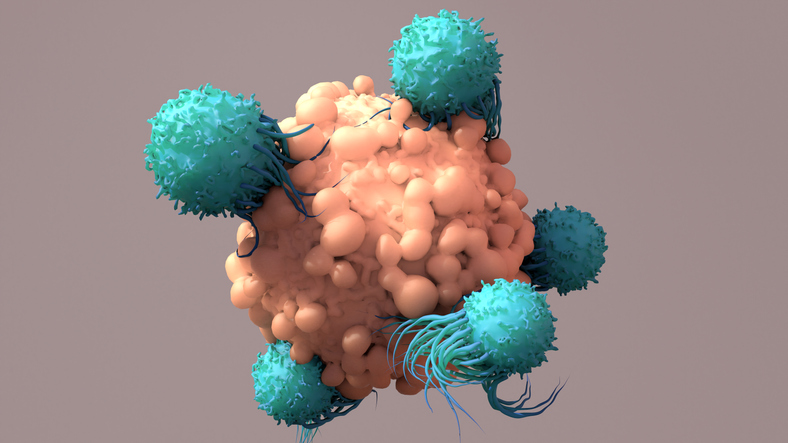By Vivienne Raper, PhD
Analytical techniques for cell counting and surface marker analyses are improving to meet the needs of cell therapy developers; That’s the view of Lara Silverman, PhD, principal consultant at LIS BioConsulting.
According to Silverman, the growth in advanced therapies is leading to analytical techniques for cell counting beyond, for example, the hemocytometer.
“The analytical space was stagnant, but it’s starting to change because of developments in the bioprocessing world,” Silverman explains. “It’s no longer enough to take the binary approach of knowing if cells are alive or dead. You need to know what cells are doing and how they’re responding to a process.”
Companies might need to know whether cells are metabolically active, alive but no longer expressing a therapeutic marker, or alive but in apotheosis. Although the field is developing techniques for cell counting and identifying surface markers, Silverman says there’s still a delay in the development of new potency assays.
“That might be the reality of our industry [… as] a lot of companies keep their potency assays private because they take so long to develop,” she continues. “But there aren’t yet any ground-breaking discoveries or companies that can consistently support a diverse array of potency assays to streamline [analytics for therapy developers].”
Understanding process deviations
Going forwards, Silverman sees in-process analytics and artificial intelligence as helping to better understand process deviations, reducing the number of failed lots.
“It will require the integration of a tremendous amount of data and analytics, especially for treatments that are lifesaving, such as CAR-T, where the patient may die if they don’t receive the product,” she says.
Analytics could also be used to personalize medicines to the characteristics of the patient, although Silverman believes this may be some time away. “It’s really exciting, but I think the industry is a little scared to dip their toes into it because advanced therapy manufacturers are already challenging the FDA with their drug products.”
Silverman also sees new analytical instruments, such as the Accellix benchtop flow cytometer, as aiding the trend towards decentralized manufacturing.
“Flow cytometry has changed little in many decades. It’s extremely time-consuming and requires manual handling,” she says. “With the Accellix system, you just load your cells into a plastic cartridge that has a specific set of surface markers associated with it, and pop it into a tiny machine, so it’s something that could go on the manufacturing floor rather than in a QC lab.”
Silverman also thinks other instruments, such as the Dynex system for fully-automated ELISA testing, could aid decentralized manufacturing by reducing human error between testing sites.


